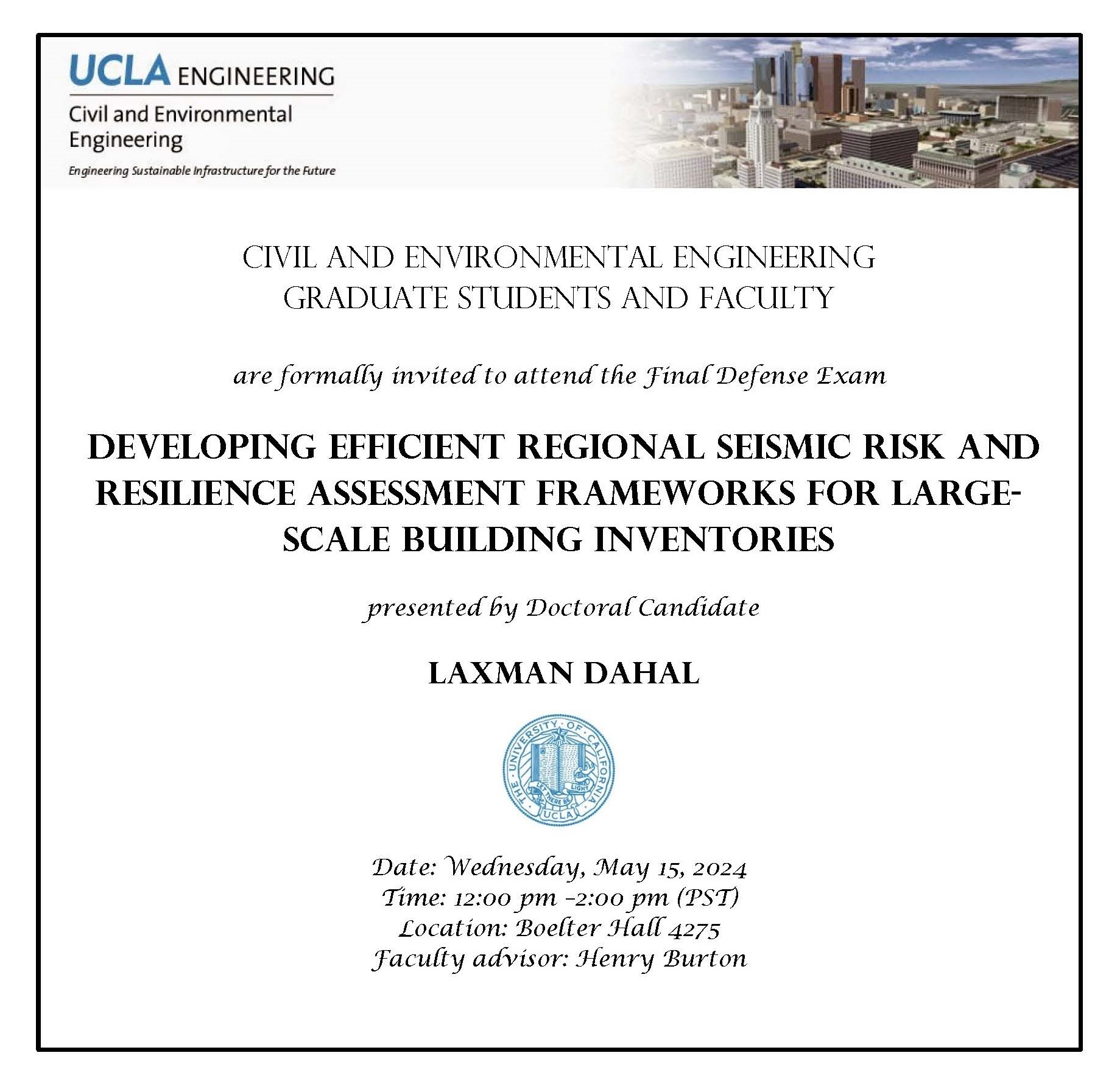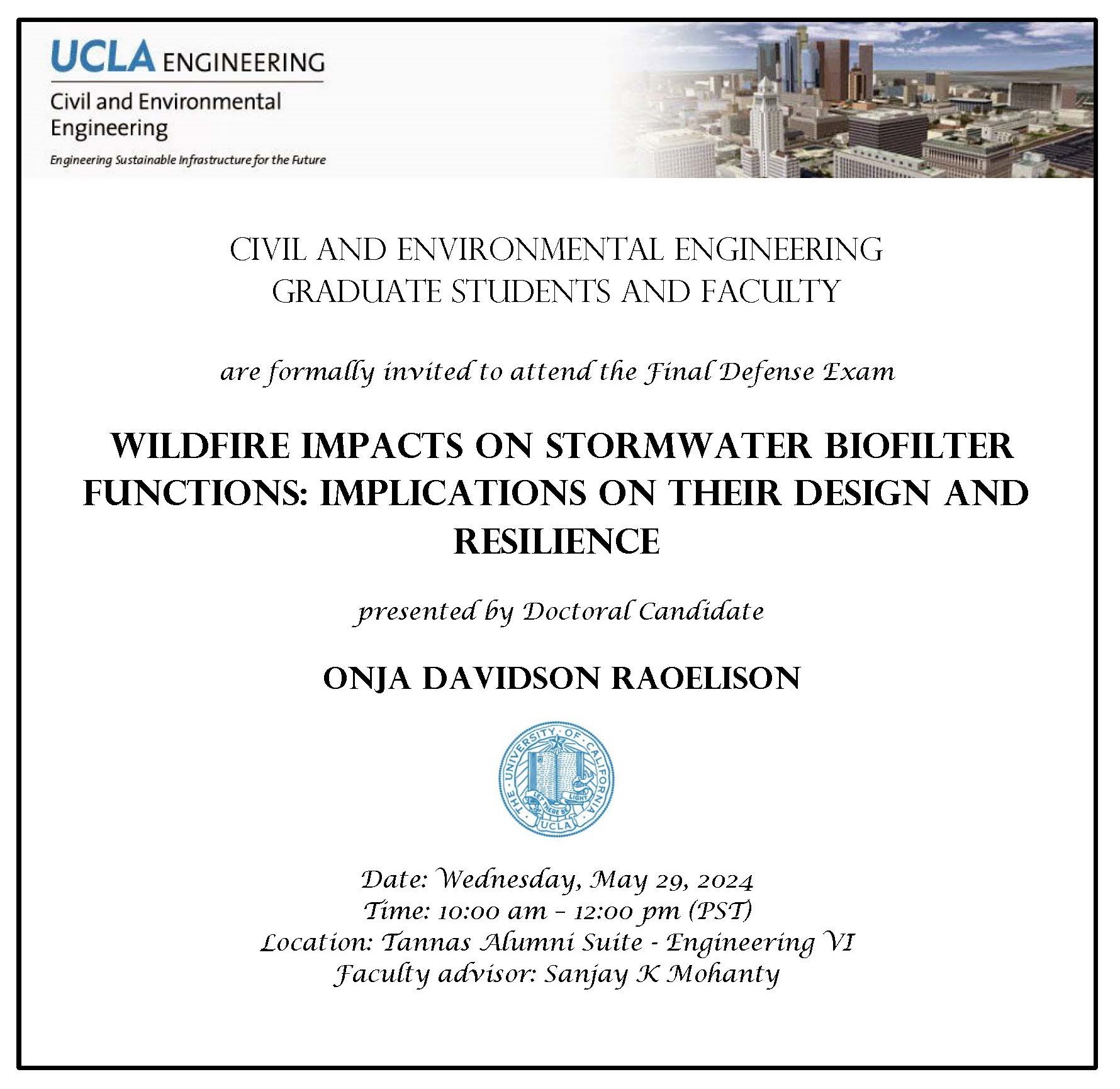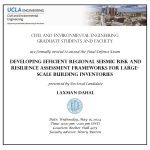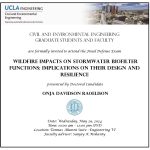Ken Hudnut
Science Advisor for Risk Reduction for the U. S. Geological Survey (USGS) Natural Hazards Mission Area
“Overview of the ShakeOut Scenario and Associated Lifeline Impacts”
Abstract
The import water systems of southern California are vulnerable to earthquakes, such as the M 7.8 ‘ShakeOut’ scenario, as was examined by Davis & O’Rourke (EERI Spectra, 2011). A new interagency Seismic Resilient Water Supply Task Force has been formed to address not only the ShakeOut scenario but also other severe earthquake scenarios. The overall concept is that by forming a coalition, the agencies who collectively import water by the three aqueducts to all southern Californians will ‘act as if one agency’ as they consider priorities for earthquake mitigation and retrofit actions over the upcoming years. USGS is involved in an advisory capacity on earth science aspects of this range of issues. For example, the exact location of the San Andreas fault, where it intersects the Elizabeth Tunnel (near Lake Hughes), is currently being studied by cone penetrometer testing and drilling, as well as using a laser scan of the tunnel interior to see whether or not aseismic fault creep may have occurred since the tunnel was constructed “gun-barrel straight” over 100 years ago. This work, and other studies in progress by all three main import water agencies, is in preparation for engineering design work that will consider a wide range of future mitigation options to reduce risk and increase resilience of the water systems that support the needs of all southern Californians and the much broader economy served by our region.
Bio
Ken Hudnut is the Science Advisor for Risk Reduction for the U. S. Geological Survey (USGS) Natural Hazards Mission Area. He tries to understand and explain natural hazards in order to help people; he is responsible for ensuring USGS hazards science is being applied to help solve societally relevant problems. He has applied new technologies such as GPS and lidar to earthquake research as a geophysicist for the USGS office in Pasadena, California since 1992. To help understand the San Andreas fault system and earthquake source physics, he has studied earthquakes worldwide using satellite & airborne imagery analysis along with field work to provide ground truth. He led the earthquake source design for the ShakeOut scenario, a magnitude 7.8 earthquake on the San Andreas fault. Before joining USGS, he was a post-doctoral fellow at the California Institute of Technology Seismological Laboratory. He received his Ph.D. from Columbia in 1989, and his A.B. (high honors) from Dartmouth in 1983. He is a Visiting Associate in Geophysics on the faculty of the California Institute of Technology.
Date/Time:
Date(s) - Oct 14, 2016
2:00 pm - 4:00 pm
Location:
Boelter Hall 3400
Boelter Hall Los Angeles CA 90095




